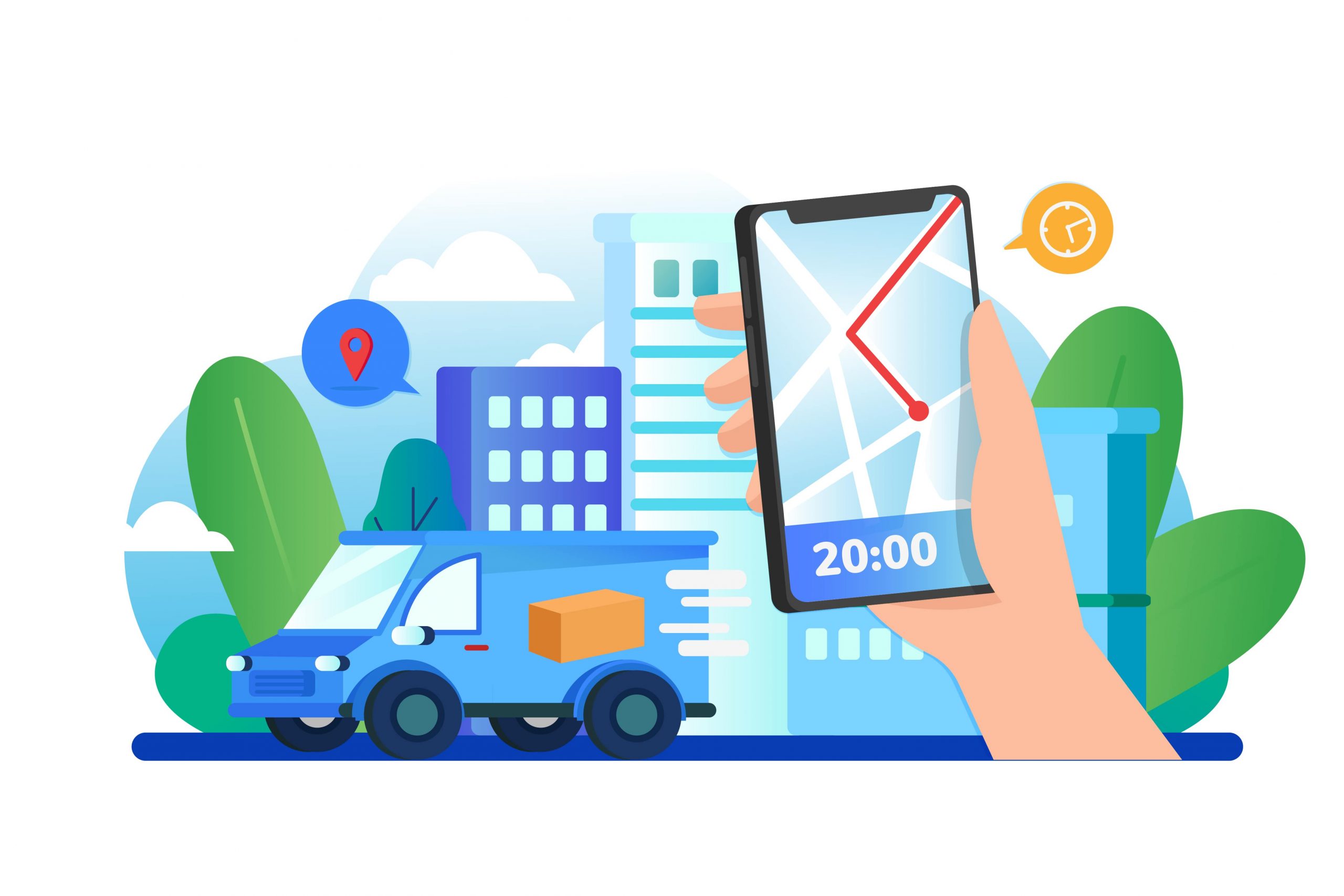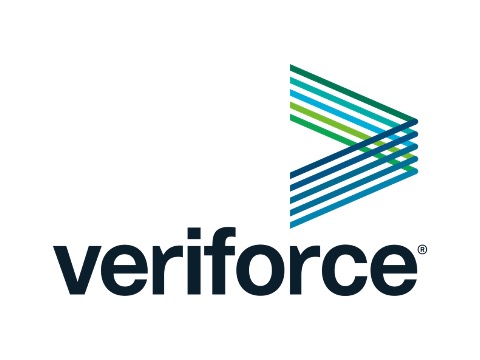With the rising popularity of companies such as Uber, Skip the Dishes and Rover, the gig economy has more than an estimated 76 million workers in North America alone. Jobs in the gig economy have increased in popularity because they often provide more flexibility than the traditional workforce. Many workers utilize these jobs to supplement their income and as demand increases, these jobs become easier to obtain.

What is the gig economy?
In the gig economy, companies hire independent contractors or freelancers who are commonly referred to as gig workers. These workers are typically paid a per-gig rate instead of being paid with an hourly wage and benefits. In most countries, gig workers are categorized as contract workers and do not receive the same benefits and training as the traditional workforce does. In most cases, these workers are responsible for managing their work in a way that does not impose any health and safety risks onto themselves or others.
Gig Economy & HSE
As the gig economy continues to grow, the companies hiring gig workers are beginning to come under scrutiny – especially in terms of the health and safety of gig workers. In an investigation conducted by CBC Marketplace, one bicycle courier for Uber eats crashed into a vehicle door that was suddenly opened by a passenger. He was left with bruises, broken bones and no financial compensation from the company.
In the traditional economy, employees typically go through a training or onboarding process when starting a job. Through this process, traditional workers are trained to communicate hazards and safety concerns. An article written on Medium states that the gig economy shifts the responsibility of hazard and risk assessments from employers onto the workers. In many cases, gig workers do not know who to contact with safety issues or may be hesitant to report safety concerns at all. This can often leave hazards and safety concerns unaddressed.
Though gig workers can be any age, it is becoming more and more common amongst the younger workforce. This poses a challenge, as younger workers have less work history and experience with occupational health and safety. Without an instilled safety culture, workers become more prone to injuries.
Workers in the gig economy are paid by gig. This creates an environment of urgency where gig workers often try to complete as many gigs as possible in order to make more income. In some cases, this can lead to safety concerns or issues, such as breaking the speed limit to complete as many jobs as possible.
Gig workers are assigned or select new gigs through a mobile app. If the gig is car-centric (i.e. Uber or Skip the Dishes), this can lead to distracted driving. In some cases, companies also incentivize working when there is high demand. This can lead to drivers working to complete gigs during heavier traffic times or unfavourable working conditions (i.e. snow or rainstorm). In both cases, there is an increase in hazards or other safety issues.
A study conducted by Ceridian found that 56% of gig workers in North America support unionizing. Of those that support unionizing, 39% do so with the hope of achieving better workplace health and safety practices. In some states/provinces, gig workers are beginning to mobilize and fight for better rights and protection.

What can organizations be doing to ensure the safety of hired gig workers?
Distribute Orientations & Bulletins
ComplyWorks’ Communications Solution allows organizations to issue, track, monitor, and report orientations and bulletins to your own employees and suppliers – regardless of hours worked. With our Communications Solution you can easily onboard new, part-time or gig workers through the click of a button.
FAQ
What is the gig economy?
In the gig economy, companies hire independent contractors or freelancers who are commonly referred to as gig workers. These workers are typically paid a per-gig rate instead of being paid with an hourly wage and benefits. In most countries, gig workers are categorized as contract workers and do not receive the same benefits and training as the traditional workforce does.






